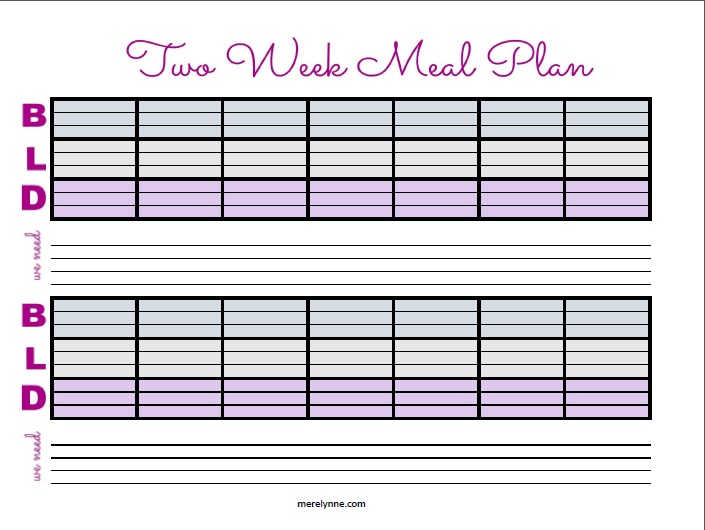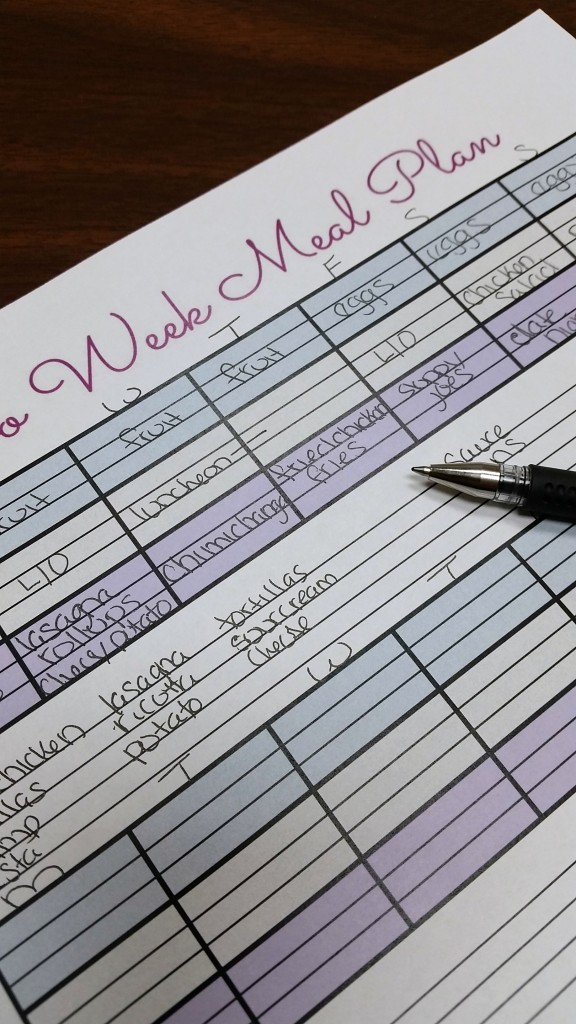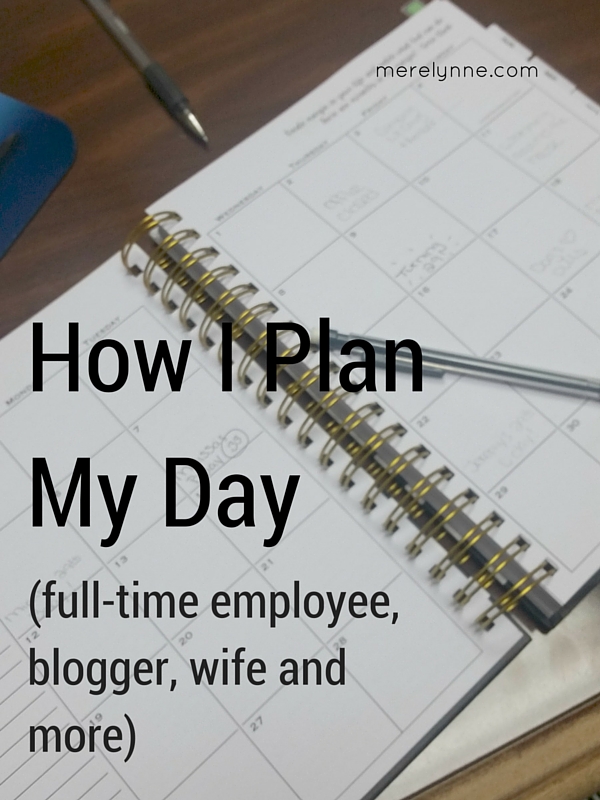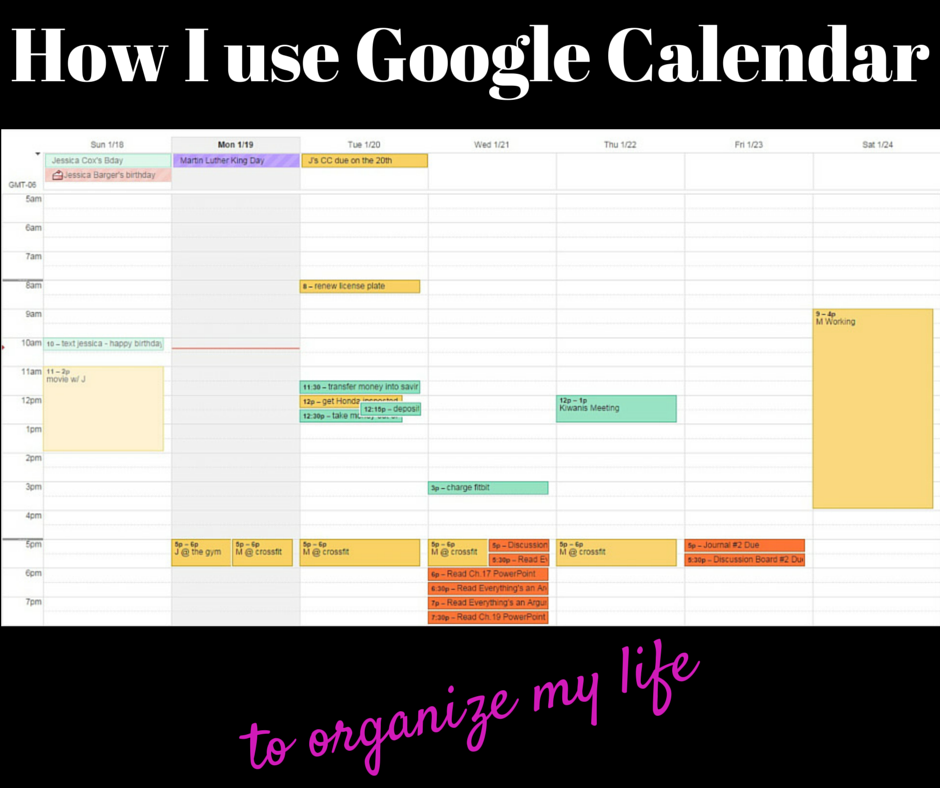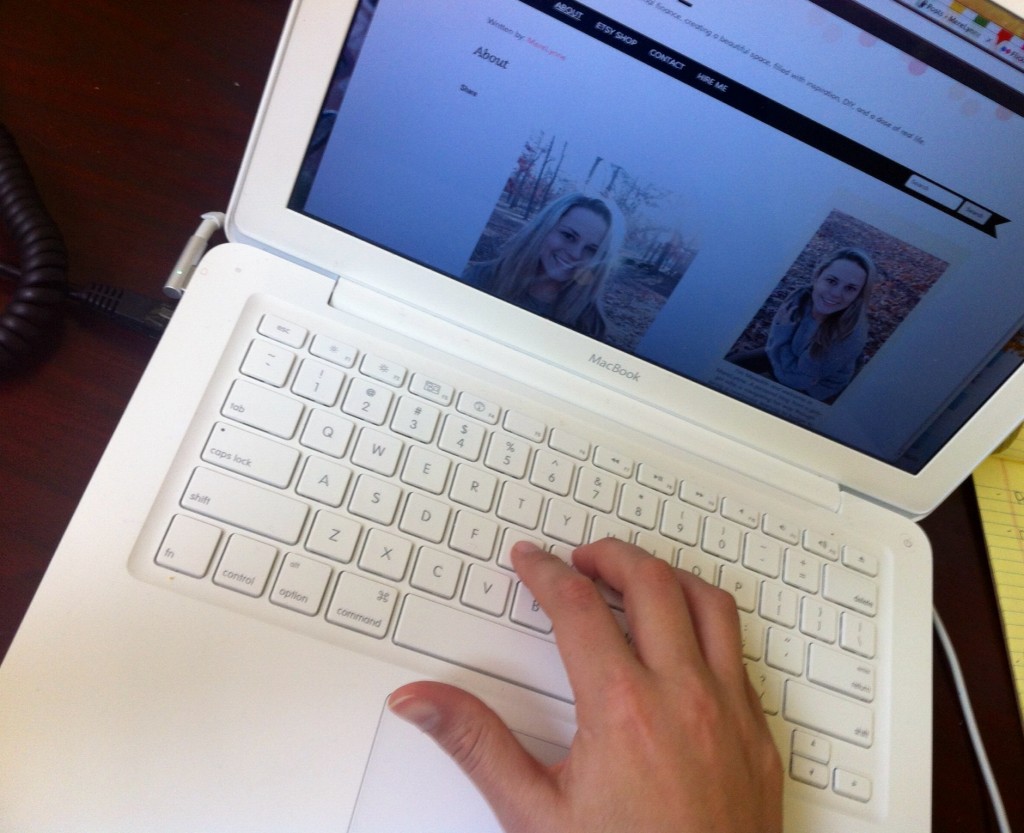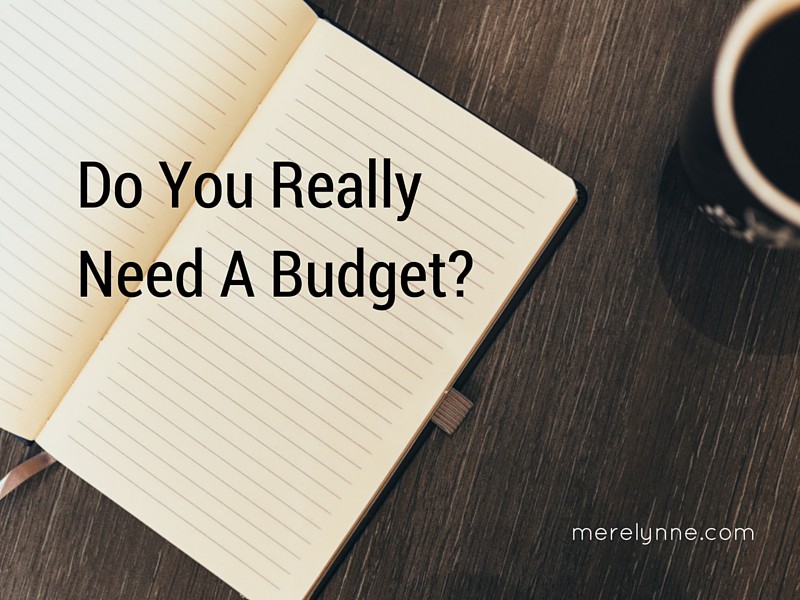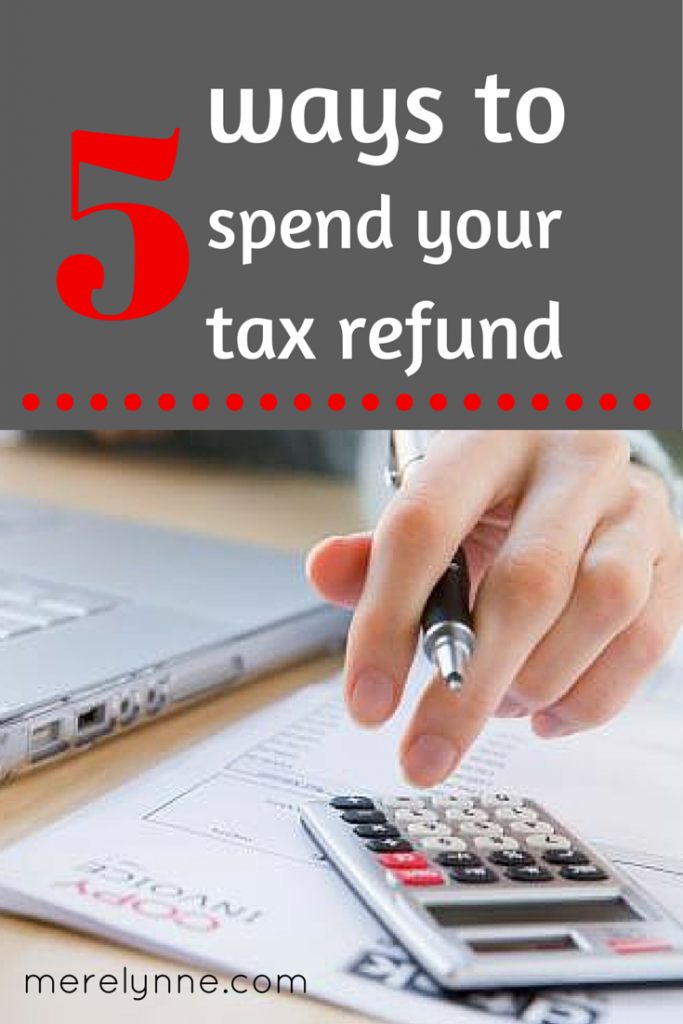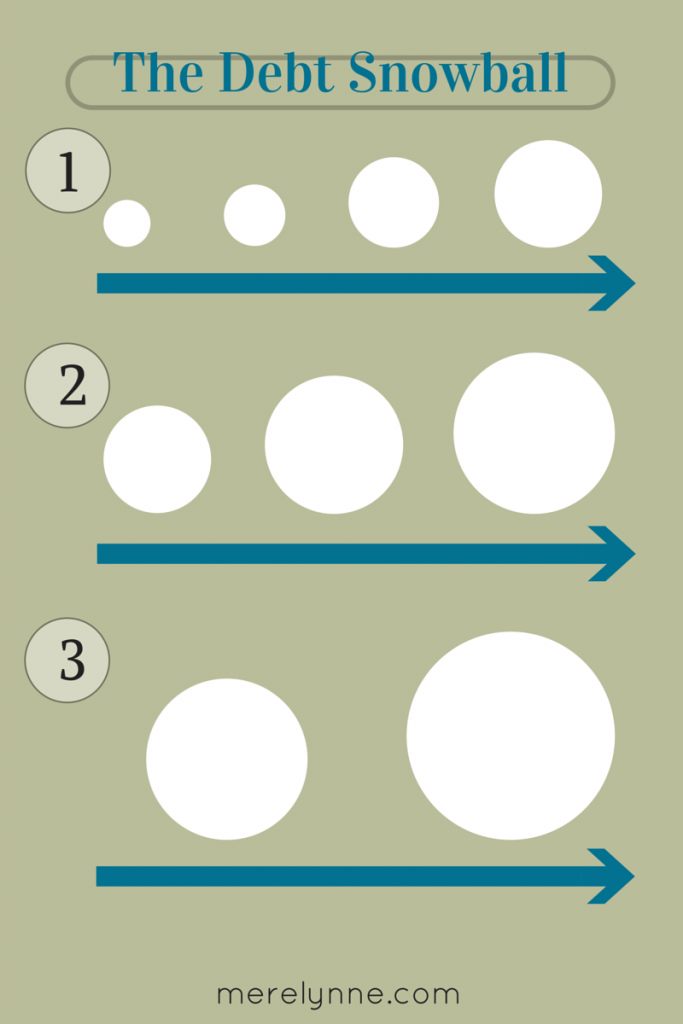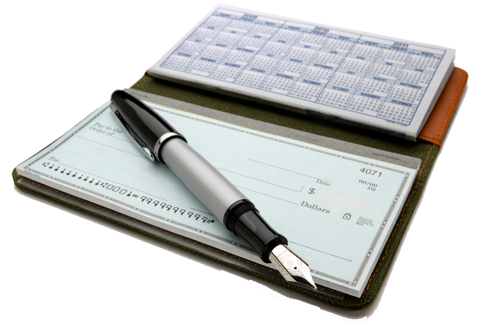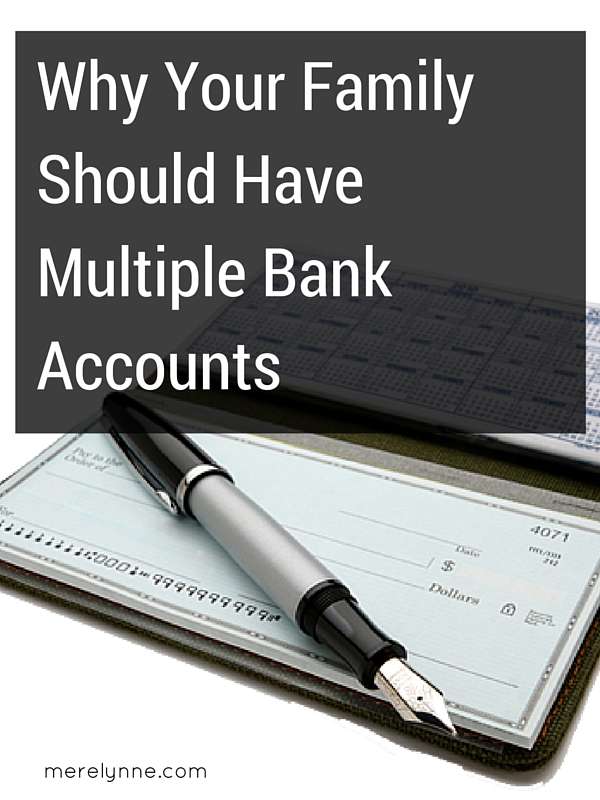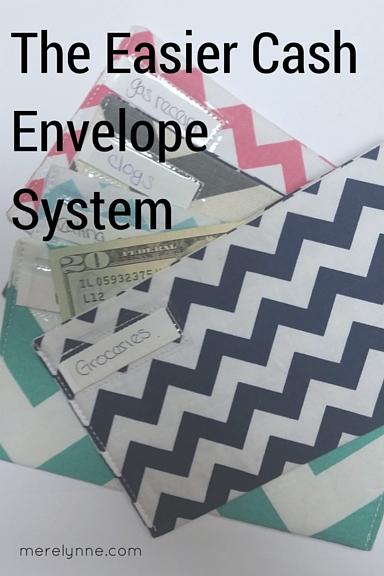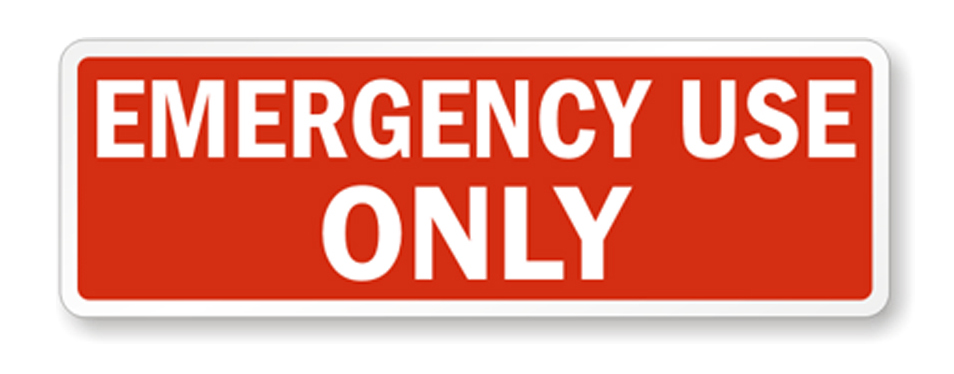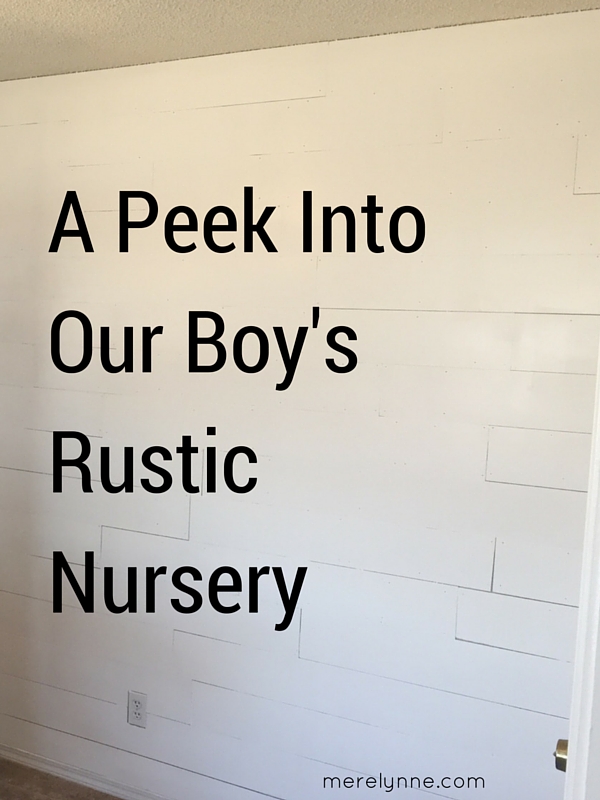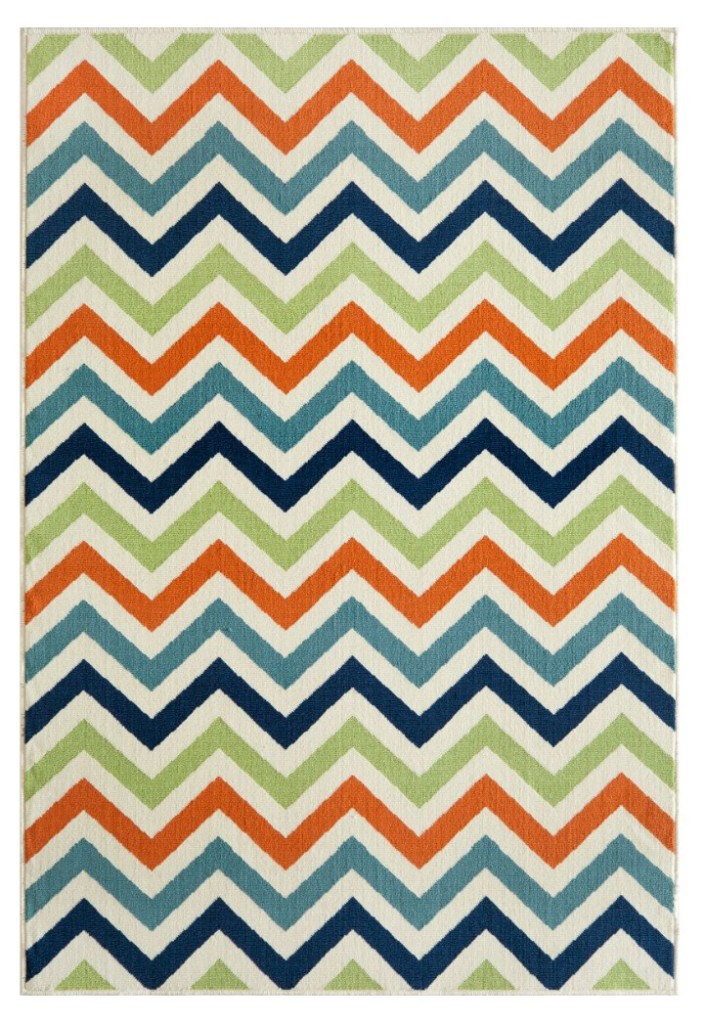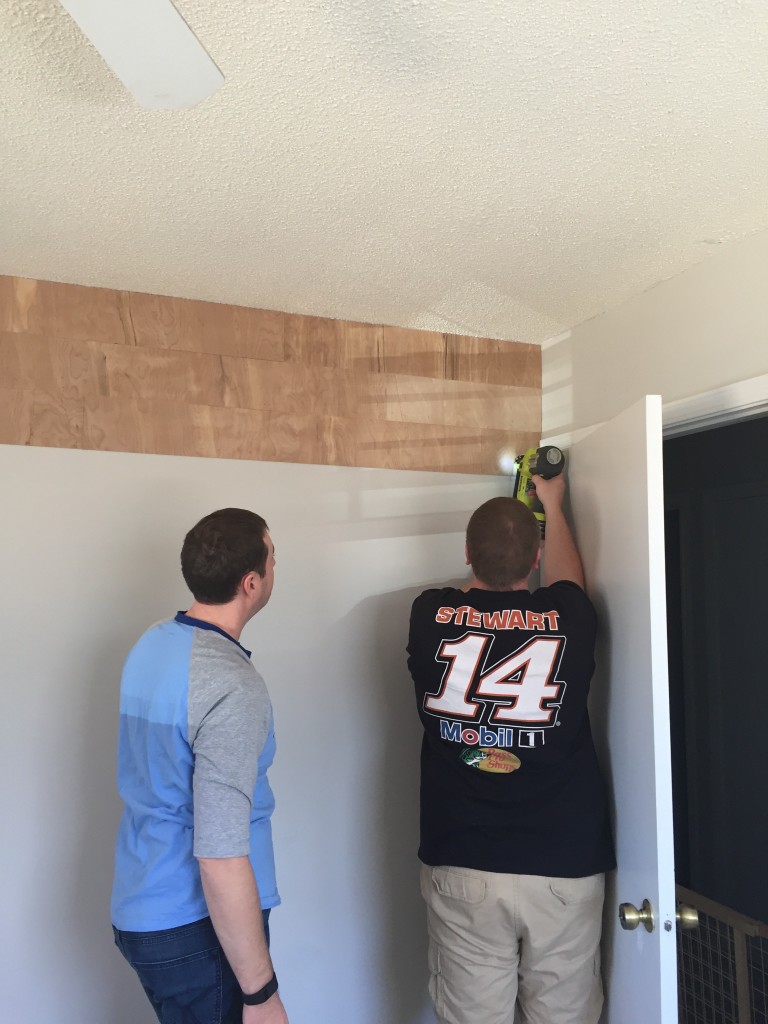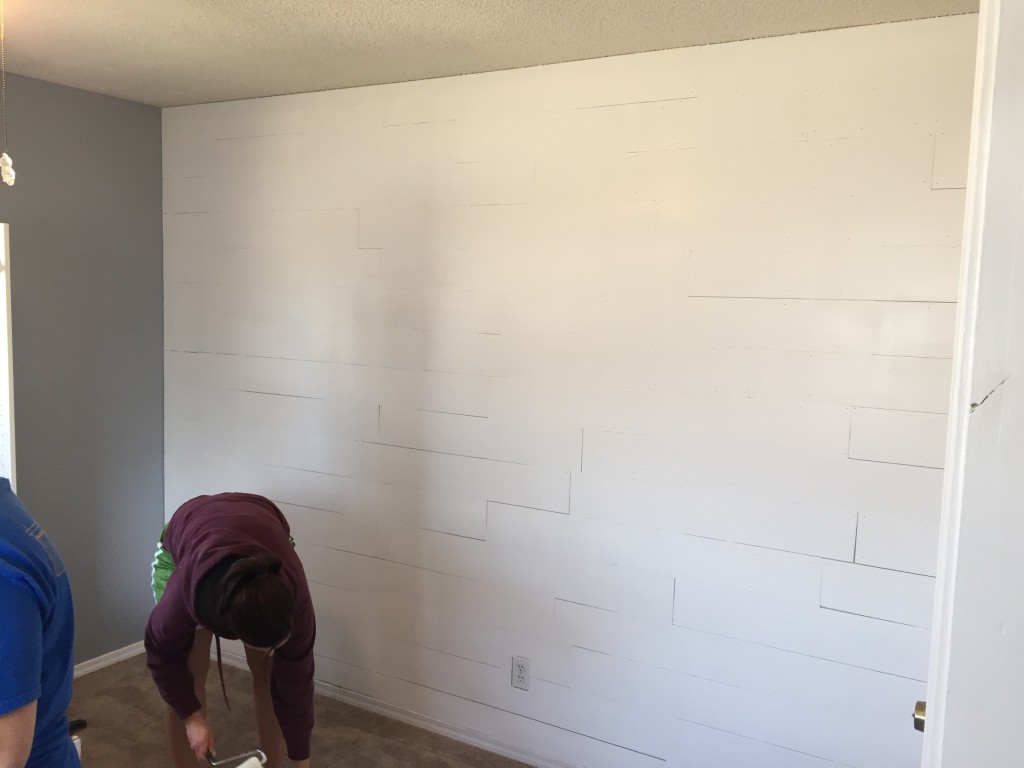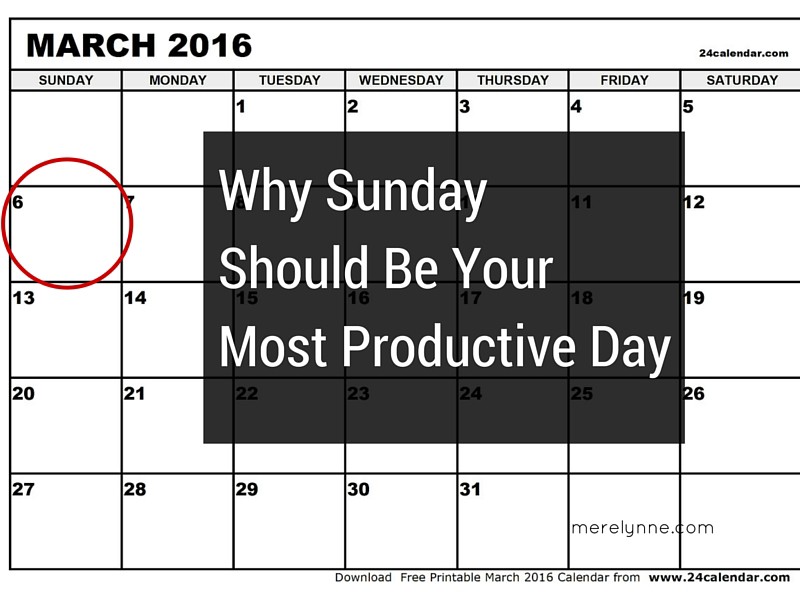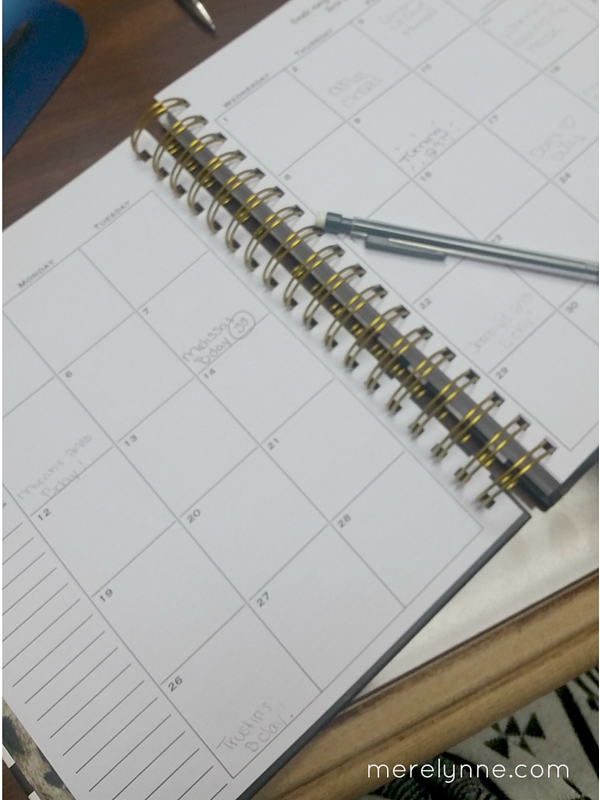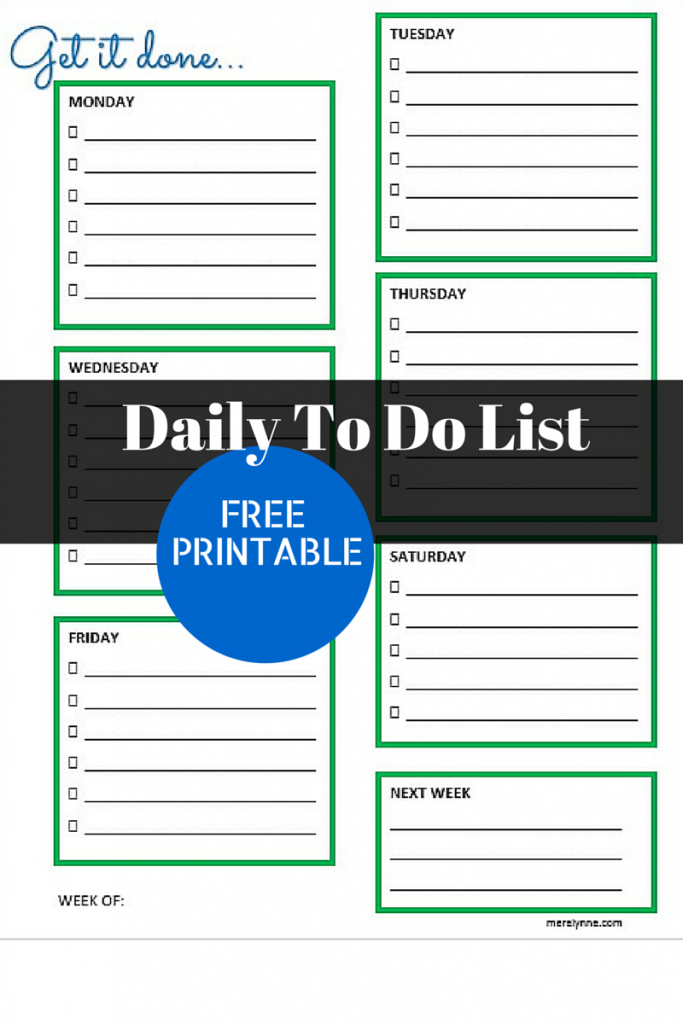
You might be thinking, “what is a sinking fund?” Well, I’m here to help you out. I want to explain what exactly a sinking fund is, why you might need one and how much you should be putting into it.
Simply put a sinking fund is a budget category that you put money into each month, but you only use the money occasionally.
Here are some examples of how we use a sinking fund in our budget:
Personal Property and Real Property Taxes
I mentioned this idea in the post about why your family needs multiple bank accounts. However, I didn’t actually call it a sinking fund – I called it my tax fund.
Basically I take the amount I believe our annual personal property taxes and real property taxes will be and divide it by 12. So for example, if I believe our personal property and real property taxes will be $1000 then I divide that amount by 12 (1000 / 12 = $83.33). Each month I put back $83.33 into our sinking fund (tax fund). So by December I will have the $1,000 we need to pay our property taxes.
Home Owner’s Insurance
More than likely your home owner’s insurance isn’t due every month. Maybe it’s due annually or semiannually. What you need to do is take the amount that will be due divided by the number of months you have until you need to pay it. Then each month set aside that amount into your sinking fund.
Let’s say your insurance is due end of September and is $650 a year.
If you start the sinking fund in April then you would have 6 months until it’s due.
650 / 6 = $108.33
You need to be putting back $108.33 each month (including September) to cover this cost.
However, if the amount isn’t due until a year from now then the calculation will change:
650 / 12 = $54.17
See if you plan further out for those irregular bills then the monthly contribution will be a lot less.
Home Repair Projects
This is a great reason for a sinking fund. You put money in each month and then when you need it, it’s there. We’ve used our emergency fund before when our fridge went out, but a sinking fund could have prevented dipping into our emergency fund. Basically it’s the same idea as putting money back for an irregular bill. You and your spouse decide on the amount to put back each month. Then when the water heater goes out or the AC acts up then you’re able to call a repairman without having to worry about how to afford it.

Other sinking fund examples:
Christmas Spending
Auto Insurance
Vacations
Water Bill
Car Expenses (new tires, oil changes, repair, new vehicle, etc.)
A sinking fund is great. You can really adapt this budget category to fit your needs. Plus, you can have multiple sinking funds depending on the different bills you have. We use our tax fund for multiple sinking funds – property taxes, income taxes, and home owner’s insurance.
Here’s how to think about a sinking fund to make it work for you:
- Treat it like a monthly bill
- Only use it for the expense it’s intended for – don’t use the funds to pay for a weekend getaway when it’s suppose to be for your taxes
- Count the number of months until the bill will be due so you can save enough
- Add it to your monthly budget
How to calculate the correct monthly amount:
- Decide on the total amount needed
- Count the number of months you have until it’s due
- Take the amount and divide by the number of months you have
- Establish this amount as a monthly expense
Does your family need a sinking fund?
Possibly. Do you have irregular bills that are quite expensive? Most families do and if that’s the case then a sinking fund can really come in handy. It can take the stress of a bill off your shoulders. You won’t have to sacarfice those months that those larger expenses are in.
Do you use a sinking fund for anything? If so, what is it?


